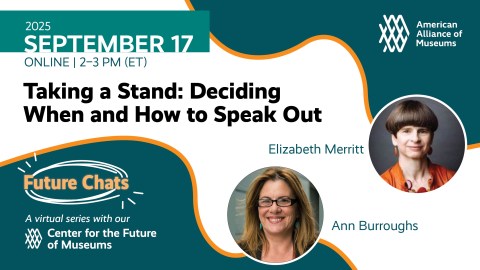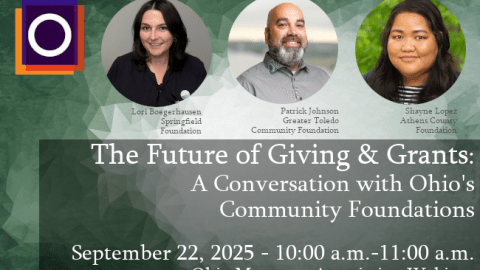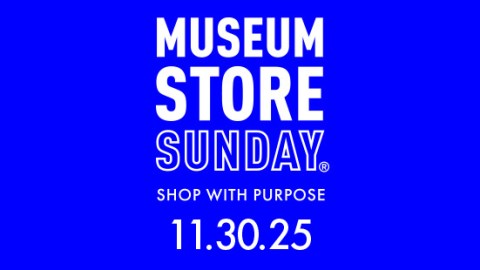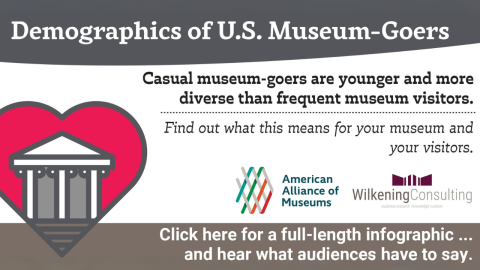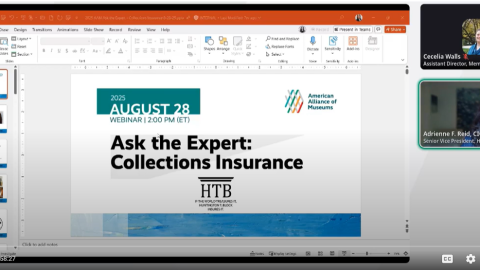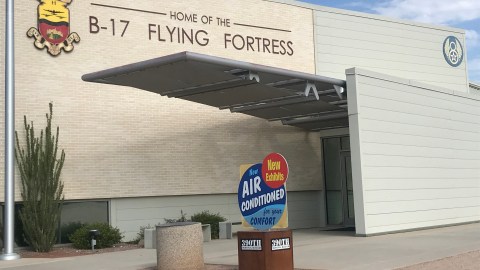The Human Resources field has changed in recent years, moving to the role of “partner” for the executive and senior leadership, and as a strategic resource for guiding the organization. Even in the non-profit arena in general, HR has become a member of the leadership team.
In museums, it seems as though there is still an opportunity for Human Resources to grow further, as the view of HR as a “partner” has not as yet quite taken hold. While this may not be true of the largest of institutions, there are so many mid-size and small museums where there little HR presence. This puts those organizations in the position of assuming unintentional risk; of falling behind when it comes to best practices; and not having an ombudsman to help with employee relations. In addition, since Boards only hire the Museum Director, and by definition are not involved in the day-to-day of the museum’s operations, Board members also miss the opportunity to utilize HR as a resource of knowledge, information, and counsel. The term “personnel” stills appears widely used and accepted in museums when talking about the HR function or in describing a facet of HR, when in fact this term left the HR lexicon years ago.
Issues like succession planning, performance management, compensation strategy, diversity, and many others, are issues that have an impact on museums, just as they do in all other sectors. Yet leadership in museums is in need of education about these topics, and sometimes, even simple convincing that they are important to the future of the organization. Add to this the lack of funding to invest in the staff and in HR processes and we find we are back in the days of paper-driven manual processes. This pulls HR more towards the tactical end of provided services and less able to be the partner who has the ability to add value to the strategic direction of the museum. Let me pose some questions about key areas many museums deal with where HR can be of vital assistance.
Succession Planning: What will happen to the institutional knowledge and expertise when the baby-boomers in your museum retire? Have you planned for knowledge transfer? Often it is after people leave the workplace that we realize just how much of the institutional knowledge went with them. While those who are near the end of their careers are usually not interested in professional development, you can create a development plan with them around knowledge transfer. It may be capturing all of the processes in their area and how things work, or it may be more complex. This is also a great way to create career growth opportunities for our high-potentials, by pairing them with these folks. Knowledge transfer from person to person is always the best strategy.
Performance Management: Does your museum manage individual performance throughout the year, or has it become a “once per year activity” in the form of a performance review? I have always counseled my managers that performance management is a daily activity. (Of course they often groan about that!) But in my experience this is absolutely true. Those departments and organizations that focus on performance management are able to really drive achievement. Performance management and development go hand in hand. When an organization communicates well by cascading goals, providing feedback, ensuring everyone understands how they fit into the mission and strategic plan, you have the foundation laid for a high level of employee engagement and higher morale.
Compensation: Compensation data for museums is spotty at best. It is difficult to find money in the budget to purchase additional salary surveys, and it is also difficult to find the right salary data. Have you tapped into potential resources, such as your local association of non-profits? Meaningful compensation analysis requires several sources of compensation data in order to determine fair market value for any job. If you are in an organization that has not utilized the standard compensation tools, the education process for management and staff may take some time. However, the potential payoff for laying the groundwork can be transformative. Especially if you can then move the organization towards viewing compensation in the context of “total compensation” or “total rewards”. There are many wonderful perquisites associated with working in a museum, and I would bet most of us don’t take advantage of those for recruitment and retention purposes.
Diversity: Recently I was asked by a potential donor about our diversity initiatives; about our policies that support diversity and inclusion; and about who is accountable as the “chief diversity officer”. It is difficult to answer these questions with any real degree of sophistication if your organization is relatively small and does not have the needed systems, processes, or resources in place. Ultimately our compliment of staff and board members should reflect our community. The more diverse our community, the more diverse our staff and board need to be. When they don’t, this can factor heavily into funders’ decisions for future support of our museums. This is one of those areas where HR really can have a direct and positive impact on the bottom line.
Some of the most meaningful relationships I have experienced in my career have been with HR colleagues who worked in the same industry that I did. We certainly shared those sometimes unbelievable stories (“You can’t make this stuff up!”), just when we thought we had heard it all. It helped us manage the stress we were often under as the touchstone in our organizations – that safe place that exists between management and employees. What I appreciated most about those relationships was that I had someone with whom I could talk through a difficult scenario, and discuss alternatives. Sometimes it was just a sanity check to ensure I was thinking about the situation in the right way. Regardless of what we discussed, it was always valuable conversation. You can’t beat sharing a laugh with someone who really understands what being in HR really means. Walk a mile in our shoes!
For many reasons, the opportunity to forge personal relationships with HR colleagues in other museums is hard to find. In our world of social media and blogs, we try to connect with others via the internet, but no online chat can take the place of that voice on the phone, or even more rare, meeting with someone face-to-face for a cup of coffee.
I had the wonderful opportunity to dive into the Ethics & Compliance arena in my professional life. In that role I participated in the ECOA (Ethics & Compliance Officers Association) as a representative of my company. The ECOA held an annual conference, but they also hosted a monthly conference call. They grouped their membership into industries, and invited the industry group members to join a monthly call to discuss ethics and compliance issues. Like HR, you can imagine that these were touchy subjects to discuss! Certainly no one wanted to air any potentially “dirty laundry” about ethics and compliance challenges they might be having in their companies. In order to encourage sharing and learning, the conference calls were held under the Chatham House Rule. (If you aren’t familiar with it, take a look – https://www.chathamhouse.org/about/chatham-house-rule.) Every call was begun with the reminder of this rule. It gave us the freedom to discuss substantive issues, learn from each other, and develop those relationships. It made going to the annual conference almost like a homecoming. We could finally link a person and a face with a voice. It was a terrific experience.
I propose starting an HR conference call, for all those AAM members interested in participating. It would of course be held under the Chatham House Rule! We could start small and simply, with a one-hour call once per month or once per quarter. I think it would be a wonderful resource to connect with one another as we manage our HR departments. Overall I would love the opportunity for us to work together, as we strive to add value to our organizations, and to have a greater impact on the museum field.
I welcome your thoughts and ideas on this subject. Please don’t hesitate to drop me a line – we could even schedule a brief call to discuss!
Ms. Engel is chief human resources officer at the Wadsworth Atheneum Museum of Art. She has spent over 25 years in the human resources field, working in both for-profit and non-profit organizations. Ms. Engel has a bachelor’s of science degree in social work from Southern Connecticut State University, and is certified both as a Senior Professional in Human Resources (SPHR) and as a Senior Certified Professional (SHRM-SCP) through the Society for Human Resource Management (SHRM). As an executive business partner and HR leader, Ms. Engel’s focus is on employee engagement, organizational and performance management, process improvement, talent management, training and development, change management, compensation, and safety. Her email address is christine.engel@wadsworthatheneum.org.


